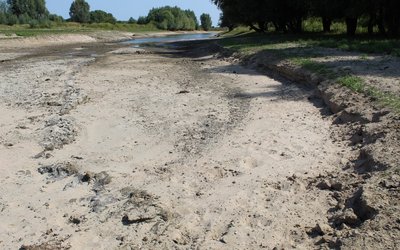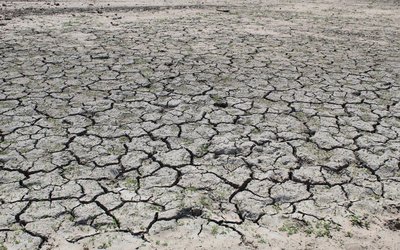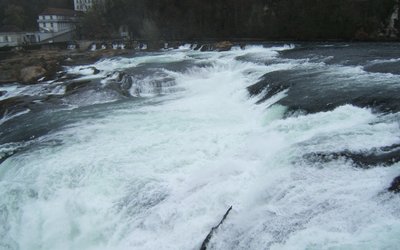Future floods and hydrological droughts in Europe under a +2°C global warming
April 9, 2016

Changes in river flow extremes at a +2°C global warming are currently of central interest as this is the global target defined by policymakers to lower international greenhouse gases emissions. The impacts of a +2°C global warming on extreme floods and hydrological droughts have been assessed for Europe for 1 in 10 and 1 in 100 year events. This was done for a combination of different models (global and regional climate models, hydrological models); the changes in floods and droughts were compared with the reference period 1971 – 2000.
For floods the results indicate a clear North to South gradient in future changes in flood magnitude:
- South the 60°N line: a strong increase in flood magnitudes, due to changes in extreme rainfall, except for some regions in Bulgaria, Czech Republic, Poland, the western Balkans, the Baltic countries, and southern Spain where no significant changes can be detected. Floods are even increasing in areas such as southern Mediterranean where the average discharge is projected to decrease.
- Above the 60°N line: a relatively strong decrease in flood magnitude in parts of Finland, NW Russia and North of Sweden with the exception of southern Sweden and some coastal areas in Norway where increases in floods are projected. Projections of decreasing flood magnitudes are mainly due to the decreases in snowpack in areas where most of the floods are caused by spring snowmelt in combination with rainfall. Increases in flood magnitude in Scandinavia are mainly seen in coastal areas where the rain-fed floods will increase.
Drought magnitude and duration may increase in Spain, France, Italy, Greece, the Balkans, south of the UK and Ireland. This is mainly due to less rainfall (Rajczak et al. 2013) and also higher potential evapotranspiration in some regions like Italy. For the rest of Europe, the projections generally show a decrease of drought magnitude and duration.
Source: Roudier et al., 2016. Climatic Change 135: 341–355.
Photo: Howard Lake (www.flickr.com)
More information on floods and droughts: see the information on river floods and droughts for several countries on this website.








